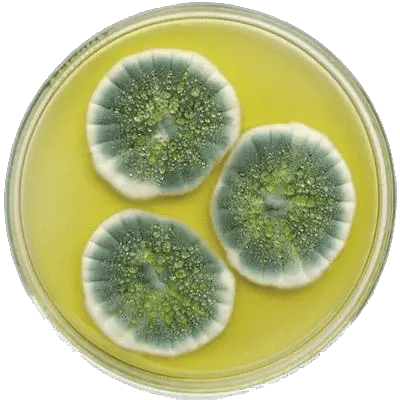Fungi is any group of eukaryotic, heterotrophic microorganisms, some members of which are capable of causing infections in humans, animals and plants.
General properties of fungi :
- All of the fungi are Eukaryotic. They posses membrane bound cell organelles including nucleus, mitochondria, golgi apparatus, endoplasmic reticulum, vacuoles etc.
- They have glucans, mannons and chitin (polysachharides) in their cell wall and ergosterol in cell membrane.
- They are non motile because of having rigid cell wall.
- All of the fungi are chemoheterotrophs. They require organic compounds for both carbon and energy sources.
- They are osmotrophs – They obtain their nutrition by absorption.
- Fungi are achlorophyllus i.e. lack chlorophyll pigments and are incapable of photosynthesis
- Fungi may be unicellular (yeast) or multicellular (moulds).
- All fungi are Gram Positive.
- Most are aerobic and facultative anaerobic. Very few fungi are anaerobic.
- Reproduction may be sexual or asexual. Many fungi reproduce both sexually and asexually.
- Food storage is generally in the form of lipids and glycogen.

